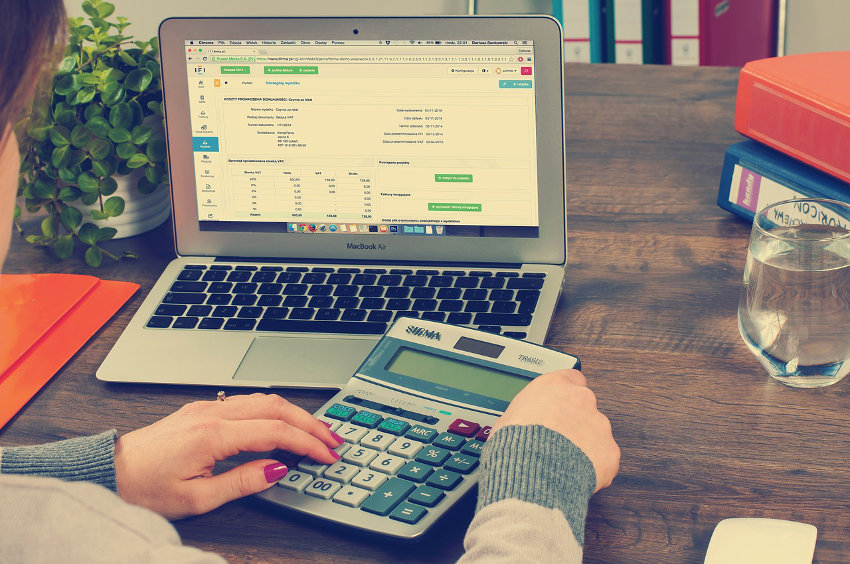An accounting system is a system used by an organization, such as a business, to track its financial transactions. This allows the managers and owners of an organization to check its overall financial status, which allows for better planning and decision-making.
In common usage, the term “accounting system” has come to refer to any of a number of brands of accounting software and enterprise resource planning (ERP) systems. While accounting systems may have a number of different features, such as modularity, customization, and mobile access, they all do a number of similar operations.

Here are the critical operations managed by an accounting system
1. The revenue cycle
Operations that fall under the revenue cycle are related to the income of the organization. Accounts receivables, receipts, deposits, and order entries are all part of this cycle. In a modern accounting system, the data is typically generated at the point of sale, as well as through manual entry. All the data should also be automatically displayed at your general ledger.
2. The purchase cycle
Operations that fall under the purchase cycle include purchase orders, accounts payable, as well as checks and cash disbursements. If the organization has an inventory system, the accounting system will be typically linked to automatically update the inventory ledger, when possible. At the end of the purchase cycle, the activity on the purchase journal is then added to your general ledger.
3. The payroll cycle
Employee payroll data is manually entered into the payroll journal, as well as in the payroll ledger and cash disbursements and checks journal. Lastly, the entry should be logged in the general ledger.
4. General journal cycle
Initial figures in the revenue, purchase, and payroll cycles are posted on the general journal while corrections and final balanced figures appear in the general ledger.

Why accounting software is a must today
As you noticed, resolving the accounting cycles manually involves a lot of repetitive work, particularly if you are manually inputting all transactions into the system. While perfectly adequate for microenterprises and other small businesses, manual accounting will take up a significant amount of manpower as an organization grows.
For this reason, automated accounting software and ERP systems like SAP Business One are now used by businesses of all sizes to reduce labor requirements, reduce human error, and allow timely access to current data. Accounting software can be set up to automatically reflect data in one journal into other relevant journals or ledgers, without the need for a human bookkeeper to make the entries themselves.
This alone can greatly reduce the time it takes to get accurate books. However, modern accounting systems are also typically set-up to link to inventories to automatically trigger purchases when stocks are low, receive sales data straight from the point-of-purchase system, automatically count the hours and compensation for employees, among many other additional functions. They can even now be accessed completely from the cloud, allowing your organization better transparency and mobility and offering better protection against catastrophic database failures.
Contact a SAP Partner to help you set up your accounting system today.



